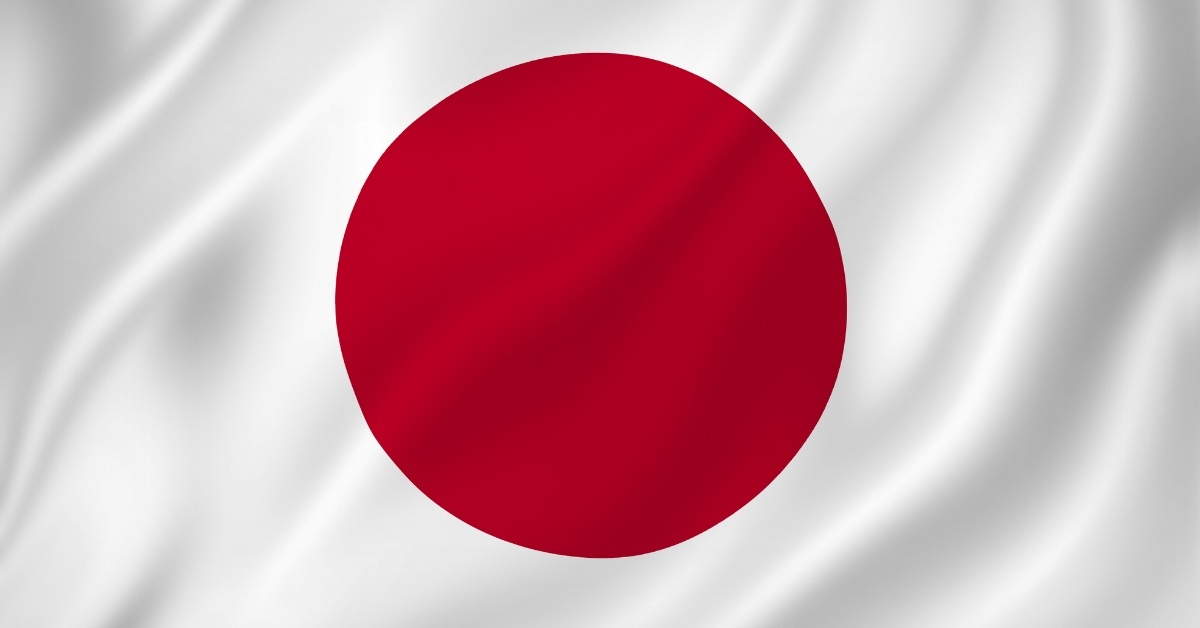Do you know which country greets the sun before most of the world? It’s none other than Japan, famously called the “Land of the Rising Sun.”
This unique title comes from Japan’s location to the east of the Asian continent, where the sunrise is among the earliest seen in the world.
The name “Japan” in Japanese is Nihon or Nippon, which translates to “origin of the sun.” This is also why Japan’s flag features a red circle symbolising the sun.
For centuries, the world has admired Japan for its poetic name and its rich culture, technological innovation, and scenic beauty.
Even Japan’s flag, with its bold red circle, represents the sun and its deep cultural connection to it. Let’s uncover more fun and lesser-known facts about this “Land of the Rising Sun.”
Check Out| Which Country is called the Switzerland of the Middle East, Check Here
Geographical Features of Japan
- Capital: Tokyo
- Currency: Japanese Yen (JPY)
- Population (2025): Approximately 125 million
- Area Covered: 377,975.24 km² (145,937.06 sq mi)
- Continent: Asia
- Latitude: 20° to 45° N
- Longitude: 122° to 153° E
- GMT Time Zone: GMT+9 (Japan Standard Time)
Why is Japan Called the Land of the Rising Sun?

Japan is commonly referred to as the "Land of the Rising Sun" due to a combination of its geographical position, historical context, and cultural significance.
1) Geographical Context
Japan is situated in East Asia, making it one of the first countries to see the sunrise each day. This unique position relative to neighbouring countries like China and Korea contributes to its nickname, as the sun rises in Japan before it does elsewhere in the region.
2) Historical Background
The term "Land of the Rising Sun" translates from the Japanese words "Nihon" or "Nippon" (日本), which literally means "origin of the sun." This name was historically used by Chinese scholars to refer to Japan, recognising its location to the east of China.
The earliest recorded use of this term dates back to 608 AD when Prince Shōtoku sent a letter to a Chinese emperor, stating that he was addressing the "Son of Heaven in the country where the sun rises."
3) Cultural Significance
The rising sun holds profound importance in Japanese culture and mythology. The Japanese flag, known as the Nisshoki or Hinomaru, features a red circle representing the sun, symbolising hope and renewal.
Additionally, in Shinto mythology, Amaterasu, the sun goddess, is a central figure and is considered an ancestor of the Japanese imperial family. This connection reinforces Japan's identity with the rising sun.
For You| Which is India's Longest Bus Journey, Check Here
Which are the 5 Main Islands of Japan?
Hokkaido, Honshu, Shikoku, Kyushu, and Okinawa are the 5 main islands of Japan. Here are their geographical features:
1. Hokkaido
- Size: 83,454 km² (2nd largest main island)
- Population: Approximately 5.2 million
- Climate: Cooler with a rugged climate
Features:
- Characterised by vast plains and extensive forest coverage.
- Home to the Daisetsu Mountains in the east, with the Tokachi and Konsen plains at their foot.
- The western half is less mountainous and has a milder climate.
2. Honshu
- Size: 227,962 km² (largest island)
- Population: Approximately 104 million
- Climate: Varies from humid continental in the north to humid subtropical in the south.
Features:
- Contains major urban areas, including Tokyo and Osaka.
- The Japanese Alps run through central Honshu, featuring peaks over 3,000 meters.
- Diverse landscapes include mountains, alluvial plains, and coastal fishing areas.
3. Shikoku
- Size: 18,800 km² (smallest of the four main islands)
- Population: Approximately 3.8 million
- Climate: Humid subtropical climate.
Features:
- Known for its mountainous terrain and rural landscapes.
- The island is famous for its pilgrimage routes connecting 88 temples.
4. Kyushu
- Size: 36,782 km² (3rd largest main island)
- Population: Approximately 14.3 million
- Climate: Mild with a significant amount of rainfall.
Features:
- Highly volcanic with notable tectonic activity.
- Divided by the Kyushu Mountains, which run diagonally across the island.
- Important industrial region located in the northern section.
5. Okinawa
- Size: Approximately 2,271 km² (southernmost main island)
- Population: Roughly 1.5 million
- Climate: Tropical climate with warm temperatures year-round.
Features:
- Known for its beautiful beaches and coral reefs.
- Distinct cultural heritage influenced by both Japanese and indigenous Ryukyuan traditions.
Discover| Which Capital City is Divided by a River?
10 Fun Facts About Japan
- Island Nation: Japan is made up of over 6,800 islands, with the four main islands being Honshu, Hokkaido, Kyushu, and Shikoku. Honshu is the largest and most populated island.
- Oldest Monarchy: The Yamato Dynasty is the oldest hereditary monarchy in the world, dating back over 2,600 years to Emperor Jimmu.
- Cherry Blossoms: Japan is famous for its sakura (cherry blossoms), which bloom every spring. The tradition of Hanami involves gathering under cherry trees to appreciate their beauty.
- Karaoke Origin: Japan is the birthplace of karaoke, invented in the early 1970s by Daisuke Inoue. The term combines "kara" (empty) and "oke" (orchestra).
- Punctual Trains: Japan's trains, particularly the Shinkansen (bullet trains), are known for their punctuality, often arriving within seconds of their scheduled time.
- Mount Fuji: Standing at 3,776 meters, Mount Fuji is Japan's tallest mountain and a popular climbing destination, attracting about one million visitors annually.
- Unique Dining Etiquette: It is considered good manners to slurp noodles in Japan, as it shows appreciation for the meal.
- Rabbit Island: Okunoshima, also known as Rabbit Island, is home to thousands of rabbits that roam freely, making it a popular tourist attraction.
- Vending Machines: With approximately 5 million vending machines, Japan has the highest density in the world, with one machine for every 24 people.
- Cultural Cleanliness: Despite a lack of public trash cans, Japanese people are known for cleaning up after themselves and often carry their trash home.
Comments
All Comments (0)
Join the conversation